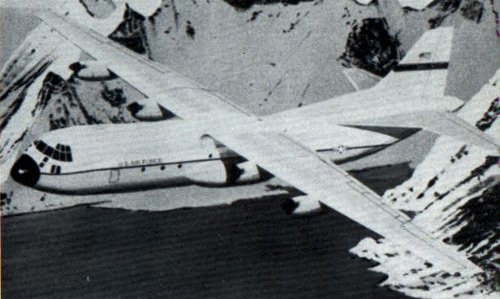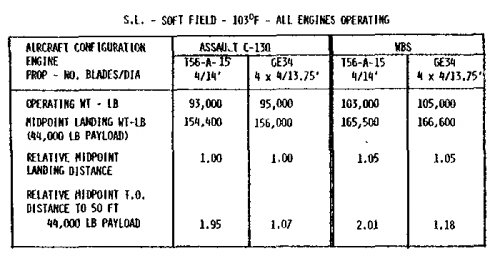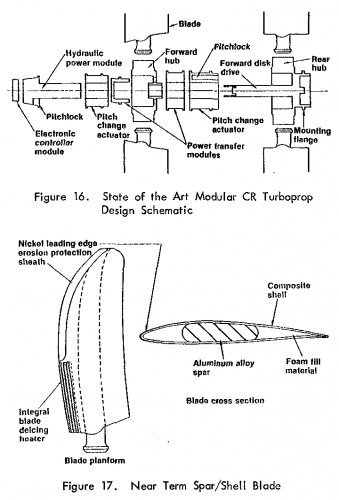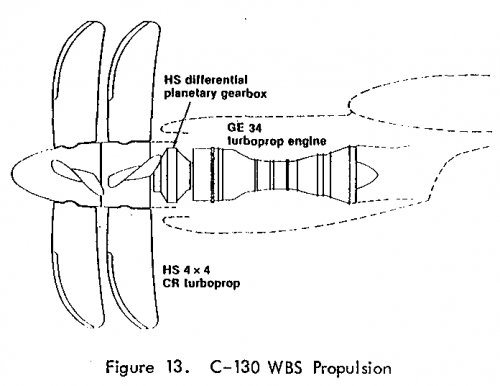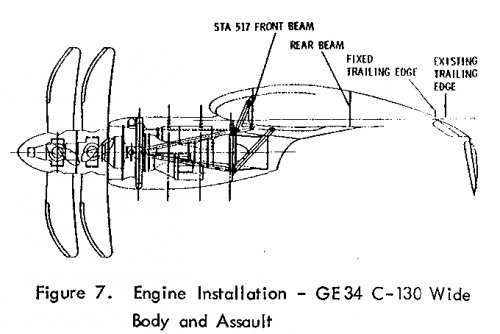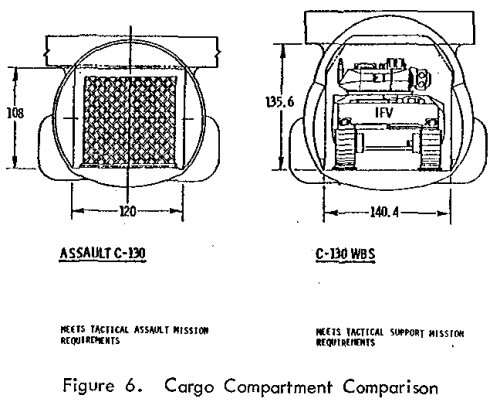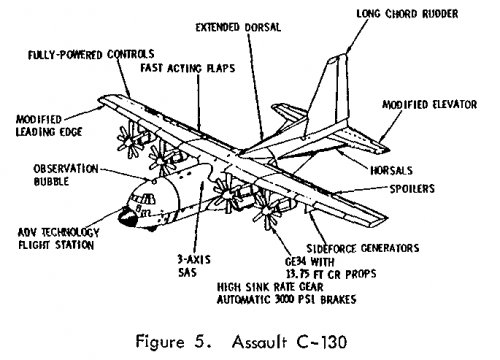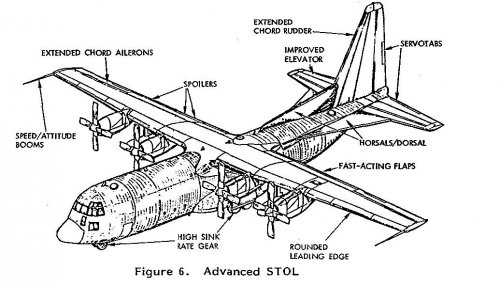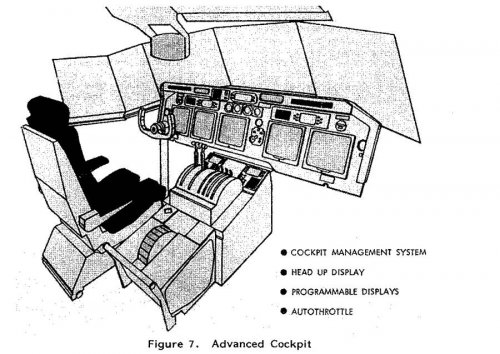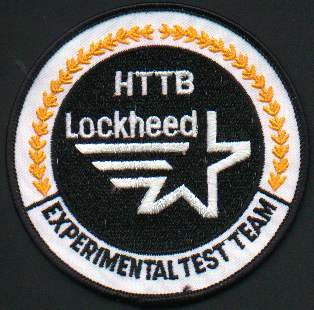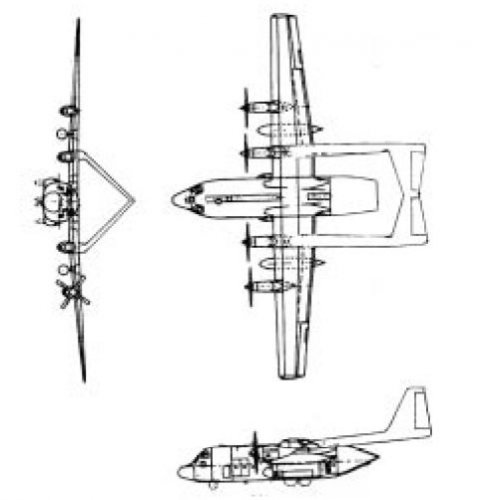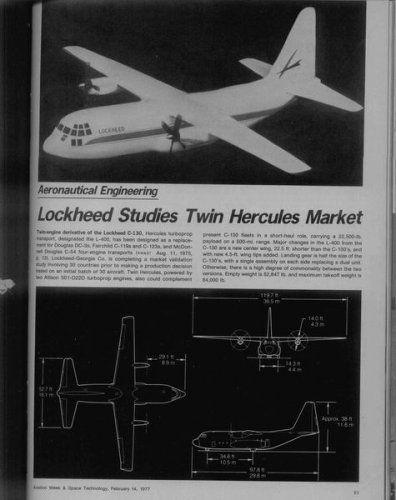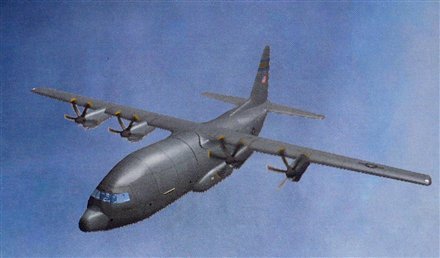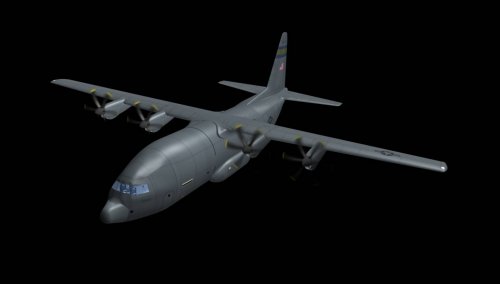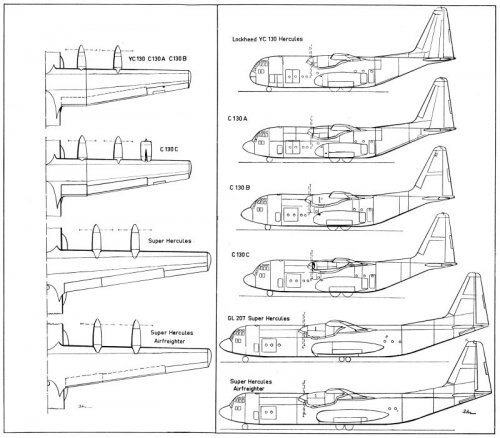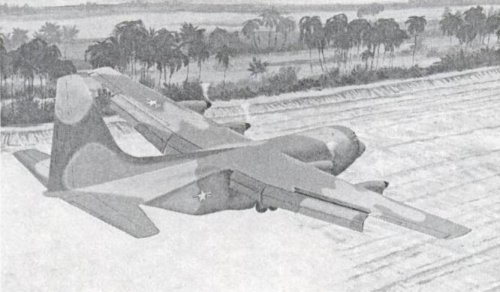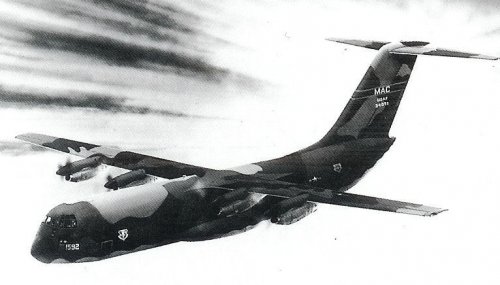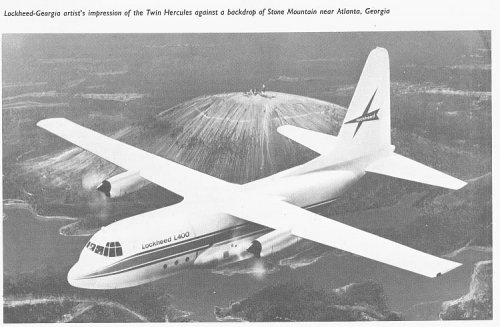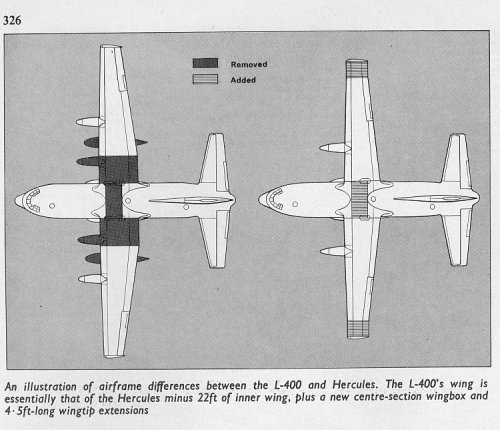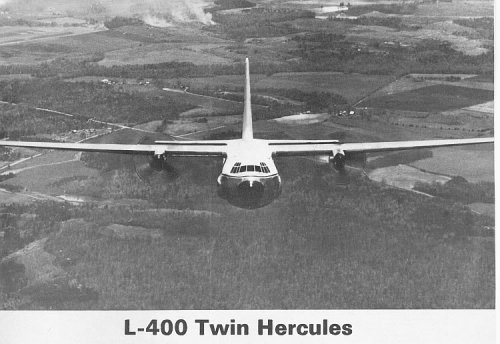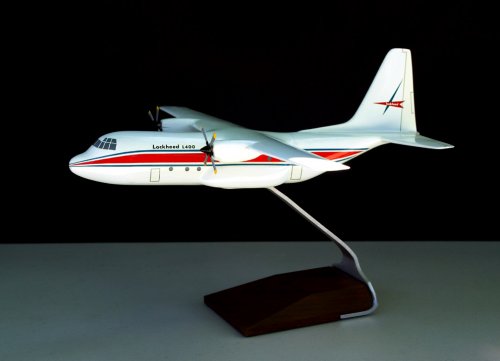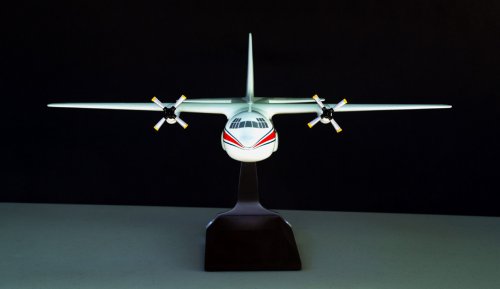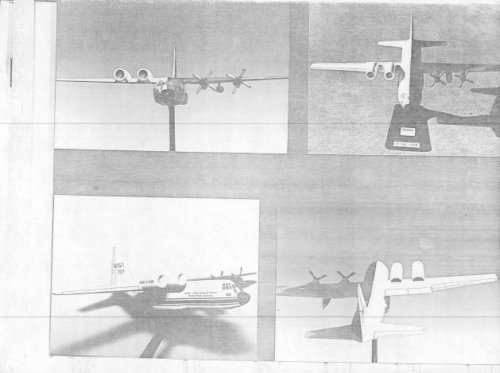fightingirish said:
Sentinel Chicken said:
CammNut said:
Does anyone remember a Lockheed proposal for a "widebody" C-130, or is my memory playing tricks with me?
There was one. Can't remember from when or the details, I think in the 1970s, but there is a artist's concept of one in the Squadron "In Action" title about the Hercules. I think it was designated C-130 WBS or something like that?
overscan said:
C-130 WBS (Wide Body STOL) despite its name, had width increased only from 10 to 11.7 feet, height from 9.1 ft to 11.3 ft, and length from 41.4 to 48.1 ft, so it really wasn't "wide body". Also had strengthened wing and engine structures to take T-56-A-15 engines and a 14 ft diameter prop. It supposedly met all AMST requirements.
Source:
Lou Drendel, C-130 In Action, Squadron-Signal
Hi folks,
a few months ago there was another proposal for a wider-body C-130. Unfortunally I can't find the article at the Blog Ares, where I remember reeding some data and seeing a CGI picture of that concept. Maybe someone of you have more luck and can post the data and picture in this thread.
Thanks!
Edit: :-[
fightingirish said:
No more pictures...but here is the writing
source:
Aerospace Daily & Defense Report
October 1, 2008 Wednesday
Lockheed Explores Niche For Widebody C-130
BYLINE: Graham Warwick
SECTION: News; Pg. 5 Vol. 228 No. 1
LENGTH: 479 words
Lockheed Martin is studying widebody derivatives of its Hercules military airlifter able to carry larger loads, but believes the «C-130XL» would only be a niche product and not a replacement for its C-130J tactical transport.
The C-130XL is one of several concepts being studied to fill the «white space» requirement for intra-theater transport of heavy U.S. Army equipment in the 2020 timeframe, says Jim Grant, vice president of business development for global mobility.
«If today the C-130J can carry 95-percent-plus of everything in theater, in 2015-25 we still see the J carrying 90 percent of what the Army wants to move,» he says. «But there are some vehicles [such as the Future Combat Systems] that will be too big for the J.»
As a result, Lockheed Martin sees a «small white space to carry outsize equipment that will have to be moved by something,» Grant says, and it is looking at «how to fill that white space in the out-years.»
In addition to three notional sizes of larger C-130J derivative, the company is studying stealthy short-takeoff-and-landing (STOL) concepts for the Air Force and tiltrotor vertical-takeoff-and-landing (VTOL) concepts for the Army.
The Air Force and Army are trying to combine their battlefield transport requirements under the Joint Future Theater Lift program, but it is not clear whether their competing desires for STOL and VTOL capability can be reconciled in one program.
«There are things we don’t know,» Grant says. «What payload? What ranges? What runway conditions? If they need Hercules-size field operations, then could it be a derivative of the C-130?
«If it’s down in the 1,000-2,000 foot STOL, none of the aircraft out there can routinely do that,» he says. «If the Army pushes hard for VTOL, none of today’s aircraft can carry an FCS-size vehicle in a vertical environment.»
The three sizes of conceptual C-130XL being studied are targeted at payloads of around 62,000, 72,000 and 80,000-85,000 pounds — up from around 42,000 pounds for the C-130J. All would have a wider, but not necessarily longer, fuselage.
«If we size the payload bay to handle larger vehicles, how much do we have to change about the aircraft? Can we increase the STOL capabilities? That depends on the requirements,» he says.
While a 62,000-pound payload design could use the C-130J’s wing and engines, the larger concepts would require more changes. «What can we do with the current propulsion? At what point do we need different propulsion? We are looking at all options,» he says.
Lockheed Martin sees a C-130XL complementing and not replacing the C-130J. «It would run in parallel, to meet a very specific requirement,» Grant says. Although it could end up similar in size to the Airbus A400M, he does not foresee a big international demand for a larger Hercules. «You could see a small fleet within a fleet – someone with 12 Js and two to three XLs.»

